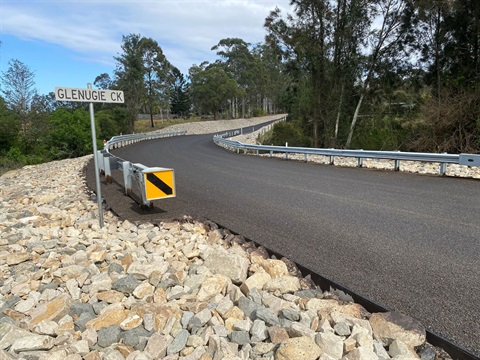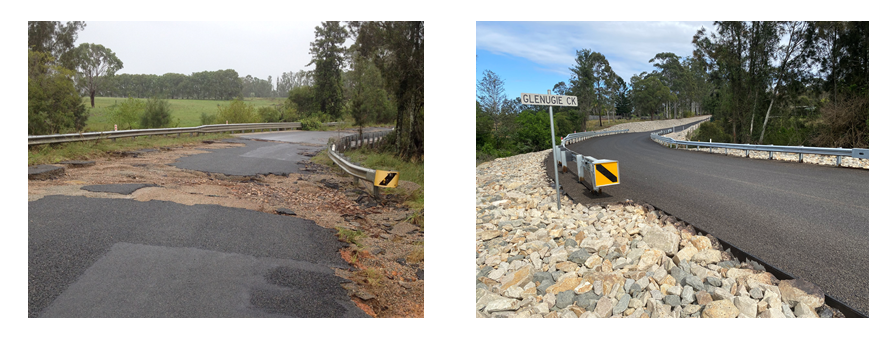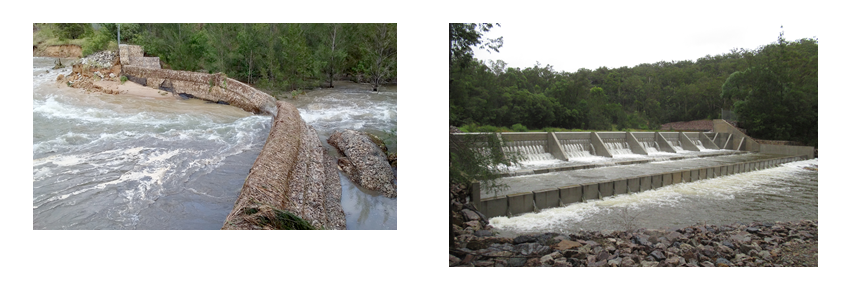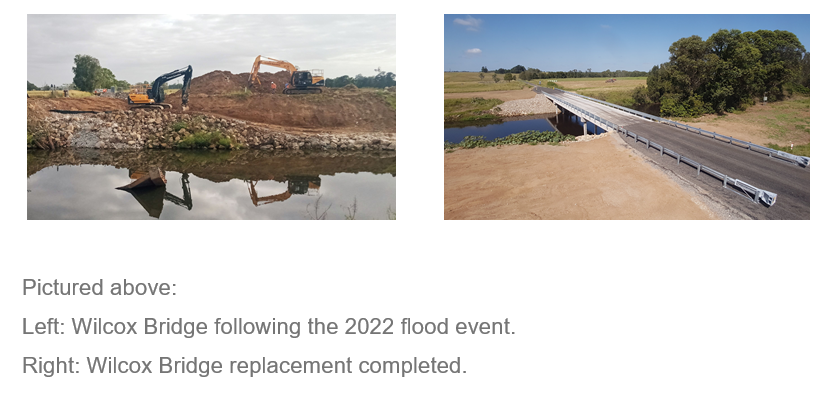Investments in Road Resilience Prove Their Worth, More Work Lies Ahead
Published on 03 April 2025

The Clarence Valley community has endured significant challenges from extreme weather events, and we understand the stress and disruption this causes for families, businesses, and infrastructure. While ex-Tropical Cyclone Alfred tested our roads, bridges, and drainage systems, it also demonstrated the real benefits of the resilience measures Clarence Valley Council has put in place.
Council has been working hard to strengthen our region’s flood defences, and while we have made significant progress, we know there is more to do. We remain committed to ensuring our community stays safe, connected, and better protected from future weather events.
Investing in Our Community’s Future
Clarence Valley Mayor Ray Smith acknowledged both the successes and the challenges that remain in building a flood-resilient region.
“We know the devastating impact of floods, and we’ve taken action to improve our infrastructure and protect our community,” Mayor Smith said.
“Our investments in roads, bridges, and drainage have made a real difference. Key roads remained intact, flood pumps kept vital areas dry, and new infrastructure held strong. But we know that some areas are still vulnerable, and we are committed to continuing our work.”

Despite extreme conditions, critical infrastructure upgrades made a difference:
- Six Mile Lane (pictured above), a key access route to Clarence Valley Regional Airport, sustained only minor seal damage thanks to flood mitigation improvements.
- The $6 million concrete dissipator at Shannon Creek Dam spillway (pictured below) effectively prevented erosion, a major concern in past events.
- New flood pumps at Wherrett Park Maclean, Bacon Street Grafton, and Ryan Street South Grafton kept key areas clear, helping community activities resume quickly.
- Major bridge and drainage work, including the Wilcox Bridge replacement and extensive upgrades on Armidale Road, helped keep vital transport routes open.

Looking Ahead: What’s Next?
Mayor Smith emphasised that while these investments have made a difference, Council remains focused on future improvements.
“We know there are still roads and areas that remain vulnerable. People in our community are still feeling the impact of past floods, and we acknowledge that,” he said.
“We are pushing forward with critical projects like the $9.8 million Yamba Road and Palmers Channel Southbank Road intersection upgrade and the $16 million Bluff Bridge on Orara Way to further improve flood resilience. These are big projects, and they take time, but we are committed to making them happen.”
Clarence Valley Council will continue working with State and Federal Governments to secure funding and deliver the improvements our community needs.
“This is about more than just roads and bridges,” Mayor Smith said. “It’s about protecting people’s lives, livelihoods, and our community’s future. We’ve made great progress, but we know there’s more to do, and we are committed to seeing it through.”
Completed Projects:
- Six Mile Lane flood mitigation and reconstruction
- Shannon Creek Dam spillway concrete dissipator
- Installation of flood pumps at Wherrett Park Maclean, Bacon Street Grafton, and Ryan Street South Grafton
- Wilcox Bridge replacement
- Armidale Road drainage and embankment repairs
- Road and bridge upgrades across key flood-prone areas
Planned Projects:
- Yamba Road and Palmers Channel Southbank Road intersection upgrade
- Bluff Bridge on Orara Way
- Further flood pump installations across key locations
- Additional culvert and drainage system upgrades
- Continued reinforcement of bridges and roadways to improve flood resilience
